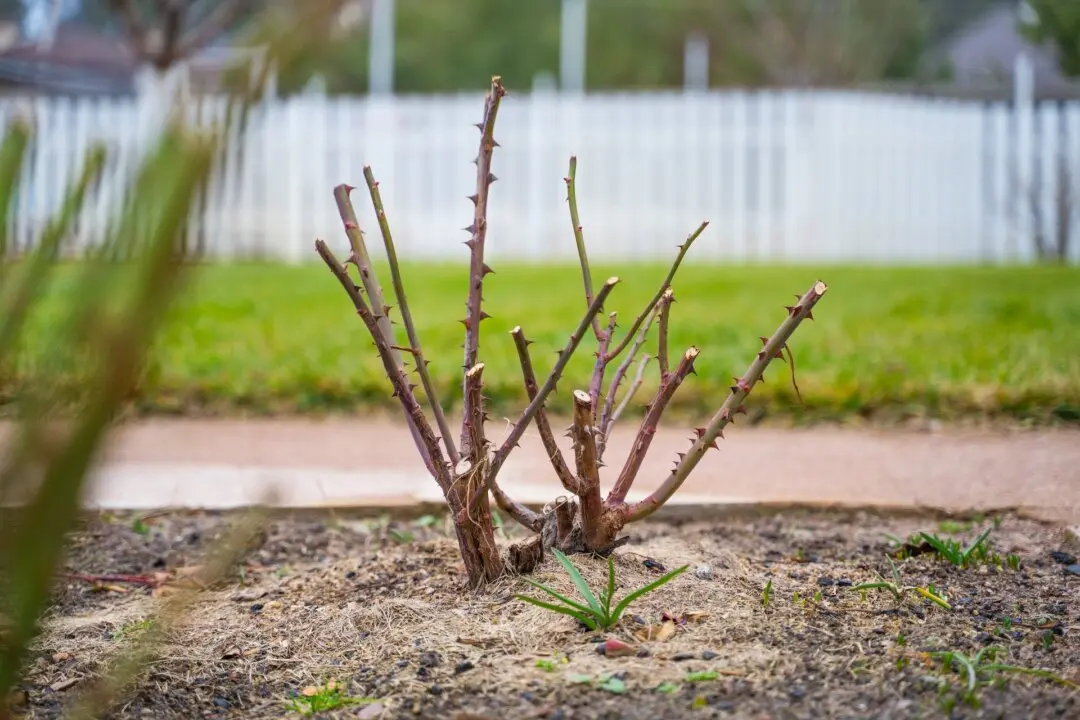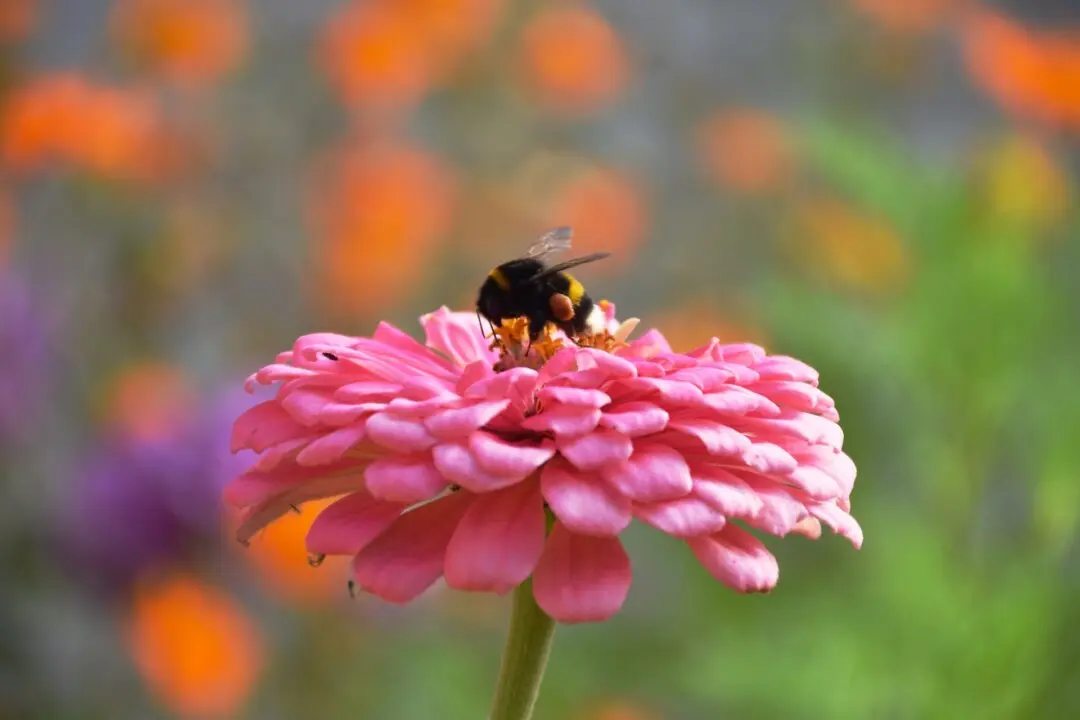Q: I read your column and want to add to your answer to the question of why the rose plant hasn’t bloomed again despite new branches. You mentioned that it could be the variety of rose or the lack of fertilizer.
I also had this problem in New England and found that I had a midge (tiny flying insect you can’t really see) that enters the newly forming bud. So, you suddenly don’t see any blooms again after the first blush, but if you look closely, you may see a dried or dead bud on the new branches. You have to spray for the insect or use a systemic insect repellent. I also tried blue cups staked next to the plant sprayed with cooking spray inside and out. This seems to work too, but the systemic stuff is better.





